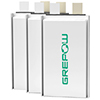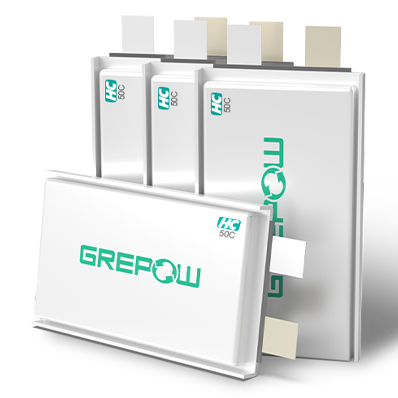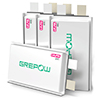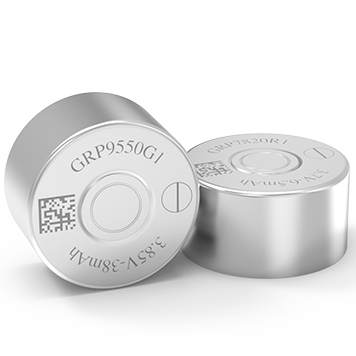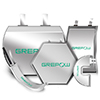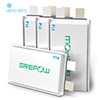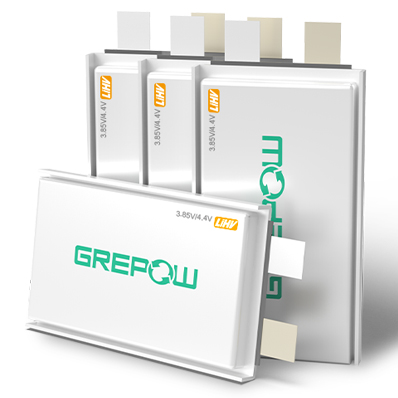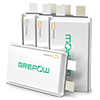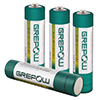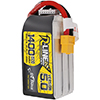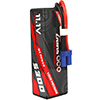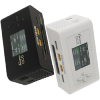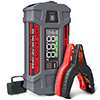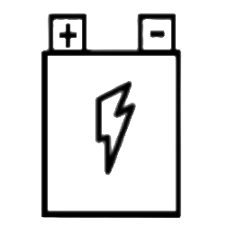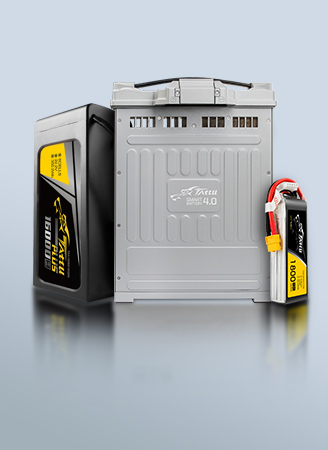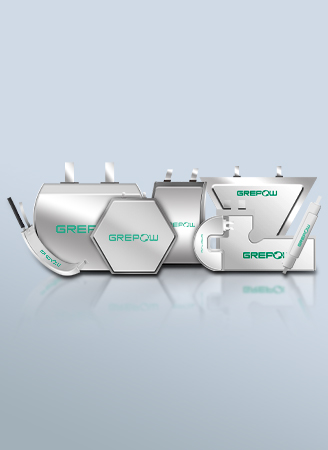What Is a Fast Charging Battery?
In our fast-paced world, waiting hours for devices to charge feels increasingly inconvenient. Whether it's your smartphone, laptop, or electric vehicle (EV), the ability to quickly power up is becoming essential. This demand has driven the rapid development and adoption of fast charging technology. This article provides a comprehensive overview of fast charging batteries, explaining their principles, types, advantages, limitations, and future prospects, with a focus on delivering expert and trustworthy insights.
What is a fast charging battery?
A fast charging battery is designed to recharge significantly faster than traditional batteries by accepting higher electrical currents or optimizing internal chemistry. Unlike standard charging, which may take hours, fast charging can replenish a battery to a substantial capacity. Fast charging relies on advanced battery management systems (BMS), specialized chargers, and compatible cables to deliver high power safely.
How does a battery achieve fast charging?
Several factors contribute to fast charging:
●Higher Power Delivery: Fast charging increases the power (measured in watts) delivered to the battery. Power is calculated as voltage (V) × current (A). For example, a standard charger might deliver 5V at 2A (10W), while a fast charger could provide 20V at 3A (60W).
●Battery Chemistry: Lithium-ion (Li-ion) and lithium-polymer (LiPo) batteries are most commonly engineered for fast charging due to their high energy density and ability to tolerate faster ion flow.
●Electrode Materials: Using advanced materials like silicon-carbon anodes or graphene-enhanced cathodes improves conductivity and structural integrity during rapid ion transfer.
●Battery Management System (BMS): A sophisticated BMS monitors temperature, voltage, and current to ensure safety while allowing higher charging rates.
●Charging Protocols: Technologies like USB Power Delivery (USB-PD), Qualcomm Quick Charge, or proprietary solutions like Tesla Supercharger modulate power delivery for maximum efficiency and battery health.
●Thermal Management: Active cooling systems or heat-resistant casing materials dissipate heat generated during fast charging, preventing damage.
●Charger and Cable Compatibility: Fast charging requires chargers and cables that support high power transfer, such as USB-C cables rated for 60W or higher.
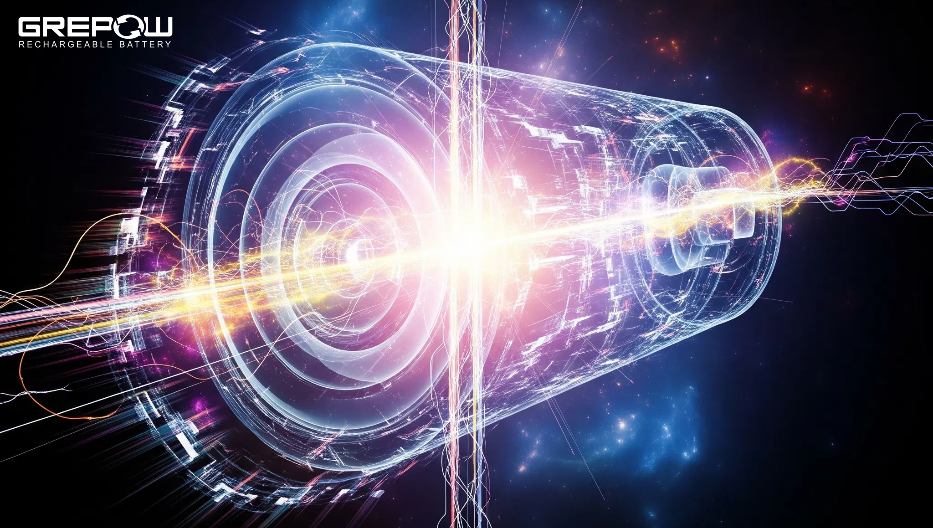
How long does fast charging take?
The charging time depends on the battery capacity and charging speed. Here's a typical range:
●Smartphones: 50–70% in 15–30 minutes
●Electric Vehicles: 80% in 20–40 minutes (with DC fast chargers)
●Drones & Power Tools: 70–90% in 10–30 minutes with high C-rate batteries
Charging slows near full capacity to protect the battery, a process called "tapering." Some cutting-edge LiPo and solid-state batteries support 5C charging—meaning they can charge from 30% to 95% in just 10 minutes.
Which battery is used for fast charging?
Lithium-ion batteries dominate fast charging applications due to their high energy density, efficiency, and ability to handle high currents. Variants include:
●Lithium Cobalt Oxide (LCO): Common in smartphones for high energy density.
●Lithium Nickel Manganese Cobalt Oxide (NMC): Used in EVs for balanced performance and longevity.
●Lithium Iron Phosphate (LFP): Increasingly popular in EVs for safety and fast charging capabilities.
●Graphene-enhanced Batteries: Emerging in some devices, offering faster charge rates and better heat dissipation.
Solid-state batteries, still in development, promise even faster charging by replacing liquid electrolytes with solid materials, reducing resistance and improving safety.
Is it better to slow charge or fast charge?
It depends on your use case:
●Slow charging (≤1C) is gentler on the battery, reduces heat generation, and may extend the lifespan, making it ideal for overnight charging or when speed is not essential.
●Fast charging is more convenient but can induce stress on the battery if not well-managed. However, modern BMS and thermal control systems significantly mitigate these risks.
●For most modern electronics, occasional fast charging is safe, especially if the battery is designed for it.
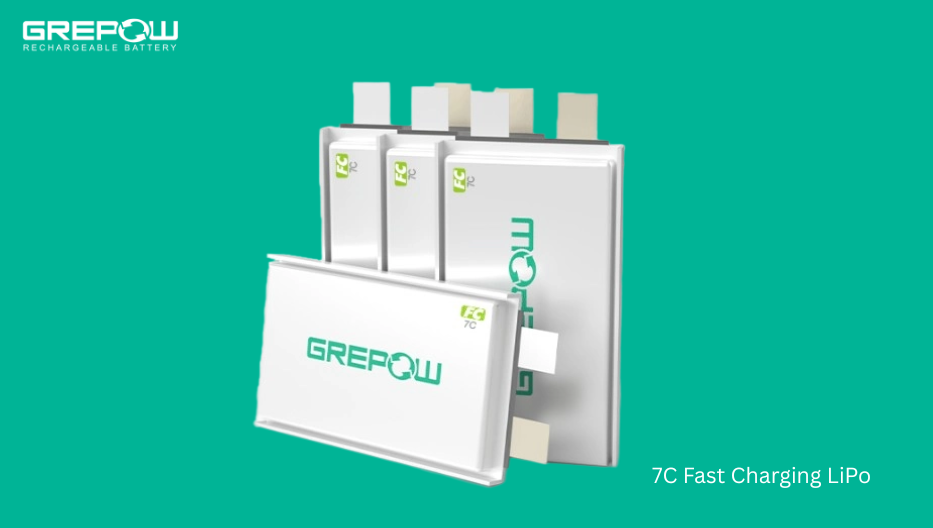
Does fast charging affect battery life?
Yes, fast charging can affect battery life, but modern technologies mitigate this impact.
Key factors include:
●Heat Generation: High currents produce heat, which can degrade battery materials, reducing capacity over time.
●Cycle Wear: Fast charging may accelerate wear during charge-discharge cycles, especially if the battery is frequently charged to 100% or discharged to 0%.
Mitigation Strategies:
●Smart Management: Devices and chargers communicate to manage power delivery, monitoring temperature and adjusting speed to prevent overheating – the primary enemy of battery health.
●Phased Charging: As mentioned, charging speed automatically slows down as the battery fills to reduce stress.
●Manufacturer Design: Batteries and devices are designed and tested to handle the fast charging specifications they support.
While theoretically, the increased heat and current could accelerate degradation slightly over the very long term, modern battery management systems are highly effective at minimizing these effects. Using certified, compatible chargers is crucial.
How do I set fast charging?
To enable fast charging:
Use Compatible Hardware:
●Ensure your device supports fast charging (check manufacturer specifications).
●Use a fast-charging-compatible charger and cable.
Enable Fast Charging in Settings:
●Some devices enable it automatically when a compatible charger is detected.
Optimize Conditions:
●Charge in a cool environment to prevent thermal throttling.
●Avoid using the device heavily during charging, as this generates additional heat.
If fast charging isn’t working, verify charger compatibility, cable quality, and software settings.
What type of battery should not be fast charged?
Certain batteries are unsuitable for fast charging due to safety or performance limitations:
●Nickel-Cadmium (NiCd) Batteries: Common in older devices, these are prone to overheating and memory effect, making fast charging risky.
●Nickel-Metal Hydride (NiMH) Batteries: Used in some hybrid vehicles and older electronics, they have lower tolerance for high currents.
●Lead-Acid Batteries: Found in traditional vehicles, these are not designed for rapid charging and may overheat or gas.
●Damaged or Low-Quality Li-ion Batteries: Batteries with degraded cells or poor manufacturing can overheat or fail under fast charging.
Always check the manufacturer’s guidelines before attempting fast charging.
What is the difference between fast charge and quick charge?
The terms “fast charge” and “quick charge” are often used interchangeably, but they have distinct meanings:
●Fast Charge: A general term for any charging method that delivers higher power than standard charging. Examples include USB-PD, proprietary standards like Oppo’s SuperVOOC, or Tesla’s Supercharging.
●Quick Charge (QC): This is a specific, proprietary family of fast-charging protocols developed by Qualcomm, widely used in Android smartphones equipped with Qualcomm Snapdragon processors.
What's the future of fast-charging batteries?
The future of fast-charging batteries involves overcoming current limitations in energy density, charging speed, and battery longevity. Research focuses on:
●Advanced Electrolytes and Electrode Materials: To enable faster lithium-ion transport and reduce damage during high-rate charging.
●Solid-State Batteries: Promising safer, faster, and more durable batteries with solid electrolytes.
●Machine Learning and Adaptive Charging Protocols: To optimize charging dynamically based on battery health and usage patterns.
●Improved Thermal Management: Using "good heat" to enhance ion mobility without sacrificing calendar life.
Conclusion
Fast-charging batteries represent the convergence of convenience, performance, and cutting-edge technology. While they come with considerations regarding heat and longevity, modern design advancements ensure safety and durability for most applications. As consumer demand grows, fast charging will become not just a luxury—but a standard feature across industries. As a globally leading LiPo battery manufacturer, Grepow produces a wide array of high-performance LiPo batteries. We offer everything from fast-charging LiPo batteries with charge rates up to 7C, to high-discharge rate LiPo batteries up to 40C, and even semi-solid state batteries boasting energy densities up to 350 Wh/kg. Our extensive LiPo battery customization services can meet the needs of virtually any specialized application. If you have any questions or needs, please feel free to contact us at info@grepow.com.
Related Articles
-
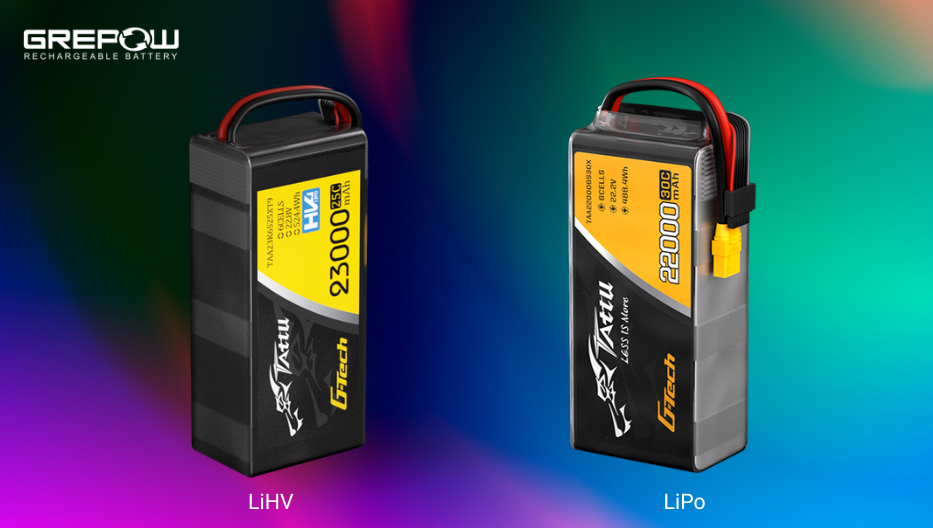
LiPo battery vs LiHV battery: what’s the difference?
2025-07-16 -
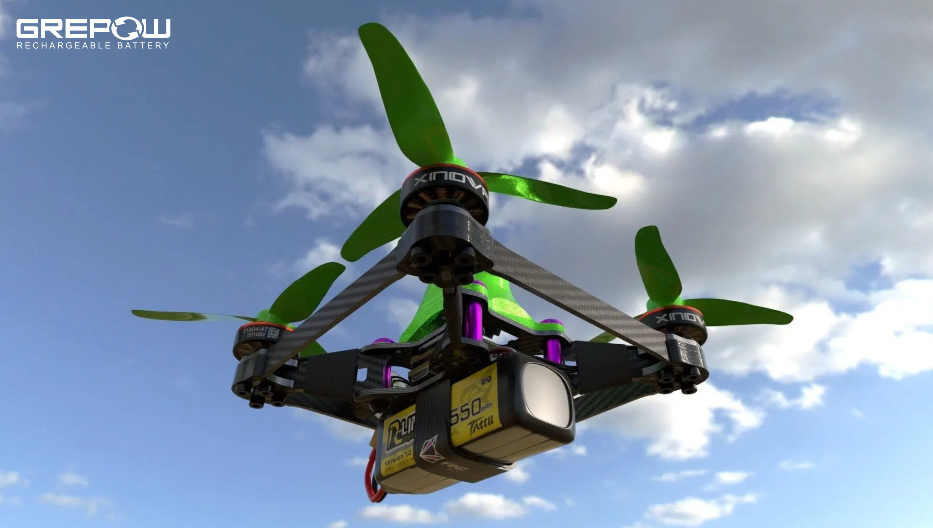
Building an FPV Drone: A Deep Dive into the Technology
2025-06-30 -
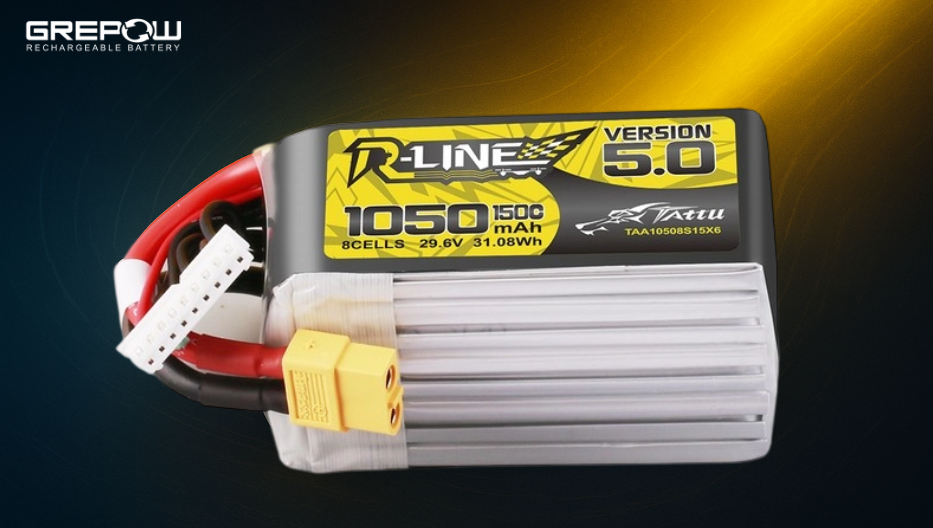
What is an 8S LiPo Battery?
2025-06-20

